Known as the “City of 100 Churches,” Lucca is not the type of destination that can be fully explored and enjoyed in just a day. There are ample sights to see and activities to enjoy, so plan your visit to Lucca accordingly. With countless churches, hidden gem attractions, incredible food, and artistic treasures, you may want to stay a while.
FESTIVALS & EVENTS IN LUCCA
Depending on what time of year one visits Lucca, there are a variety of exciting and unique cultural events to experience.
In September, the Luminara of Santa Croce event occurs. It is a historical procession during which a wooden crucifix called the Holy Face of Lucca is paraded throughout the streets of the city along with stunning lights and candles.
If visiting in April, May, or June, consider attending one of the city’s religious, classical music concerts which are held in various churches throughout the city. These events are known as the Sagra Musicale Lucchese. Another musical event to see is Lucca’s Summer Festival – a music festival held each July in Lucca’s main squares that attracts national and international musicians such as Bob Dylan, Elton John, and the Rolling Stones.
Other fun events include the Palio di San Paolino – a medieval festival held in July that includes parades, costumes, and interactive events – and the Festival Puccini, an annual opera festival held each July and August that honors the work of Lucca native Giacomo Puccini.
On the last weekend of each month, attend the Piazza San Giusto Craft Fair – a must see craft fair held in one of the city’s squares.
OUTDOOR ACTIVITIES
Lucca’s most unique and notable feature is the circle of Renaissance walls which surround the city. Built between the 1500s and 1600s, these walls are the only surviving city walls in Italy that are fully accessible by bike or foot. An absolute must-do activity is to walk or ride along these tree-lined paths on the walls and take in remarkable panoramic views of the city.
While strolling, be sure to visit the various gates of the walls. Two particularly well-preserved doorways include Santa Maria dei Borghi and San Gervasio.
Located in the center of Lucca is Piazza Napoleone, otherwise known as Piazza Grande. This bustling city center is a must-see in Lucca as many of the best sites are located around it, including the Ducal Palace and the Teatro del Giglio. The square is a meeting place for locals and is the location of many cultural events, including an ice rink during Christmas time.
If you have time to explore the surrounding province of Lucca, be sure to visit the small town of Borgo a Mozzano, which is known for its unique bridge. The official name is Ponte della Maddalena, or Bridge of Magdalene, but during its history it earned the nickname Ponte del Diavolo, or Bridge of the Devil. According to an ancient legend, the original builder of the bridge was not able to complete the bridge’s major arch. As a last resort, he is said to have turned to the Devil for help, who agreed to assist if the builder promised the first soul that would cross the bridge to the Devil. The bridge was completed and the builder tricked the Devil by having a dog walk across the new bridge.
INDOOR ACTIVITIES
Known for its remarkable churches, there are countless religious buildings to see in Lucca. Some of the best include the city’s Cathedral, known as the Duomo of San Martino, the Church of San Michele in Foro, and the Basilica of Saint Frediano. Each church features unique architectural details and contains works of art that paint a stunning portrait of Lucca’s history. Travelers could spend hours in these churches taking in the opulent details of the interiors and the historic artifacts, woodwork, and paintings.
Among these churches, the Lucca Cathedral in particular is considered to be a true work of art. Dating back to the sixth century, the church was founded by San Frediano. The façade was constructed in the Romanesque style and is notably asymmetrical, while the interior features both Gothic and Romanesque elements. Among the church’s treasures is the funerary monument of Ilaria del Carretto by Jacopo della Quercia and the highly venerated Crucifix of the Holy Gaze.
The city is also home to many museums. The National Museum of Palazzo Mansi is located in one of the most luxurious buildings in the city. A palace, the interior is opulently Baroque and was recently restored. The museum itself displays 83 paintings by artists from all over the world and features a weaving lab that displays ancient looms and costumes.
The National Museum of Villa Guinigi is one of Lucca’s richest artistic collections. Located in a similarly opulent palace as the Museum of Palazzo Mansi, this museum contains works that depict the development of art throughout Lucca’s history. The collection, which contains paintings, ceramics, sculptures, and more, spans the Middle Ages to the eighteenth century.
The Cathedral Museum, a multi-building complex of a thirteenth century tower house, sixteenth century church, and fourteenth century building, is home to stone sculptures, altar cloths, choir books, and more artifacts from the Duomo’s history.
The Archeological Complex of Saints Giovanna and Reparata, with artifacts from Ancient Rome up to the present day, is an excellent way to soak up Lucca’s history.
Lucca is also known for being the home of famous composer Giacomo Puccini, so it is fitting that his residence is maintained as a museum to his accomplishments and career and is visited by travelers from all over the world.
SHOPPING IN LUCCA
If looking to take home a souvenir from Lucca, be sure to visit Via Fillungo. This tree-lined street is filled with unique boutiques, local shops, and delicious restaurants and cafés.
The best category of souvenir to purchase in Lucca is food. The city is known for its incredible, locally grown foods such as distinct, local olive oil, grain such as farro, and hearty mushrooms such as porcini. Wine, bread, and pastries are also worth trying.
On the third weekend of each month the city holds a large antique market in Piazza San Giusto. For other antiques check out Via del Battistero for an array of unique antique shops and dealers.
FAMILY AND KIDS
Families with kids of all ages will enjoy exploring Lucca’s ancient city streets. One must see for families is the Guinigi Tower – one of the only remaining original towers from the city’s earliest days. It is a true Gothic symbol and features a unique rooftop garden that has seven living trees. The view from the top of the tower is panoramic and gives travelers a unique perspective of the city, the walls that surround it, and the hills in the distance.
UNIQUE EXPERIENCES IN LUCCA ITALY
A true jewel of Roman times is the Piazza dell’Anfiteatro, or Amphitheatre Square. Where once there was an elliptical shaped Roman Amphitheatre that could hold 10,000 people now stands a city square. The current structures were built around the original shape of the Amphitheatre, giving the square a truly one-of-a-kind feeling. Located in the square are many restaurants and shops, and local cultural events and concerts are held there throughout the year.
For a relaxing escape, visit Bagni di Lucca, a town known for being a hot spot for nineteenth century writers, artists, and poets. In addition to wonderful restaurants, shops, pools, and markets, the town is most well-known for its relaxing thermal baths with two natural steam caves that are known to bring incredible health benefits. There is also a wellness center that features a thermal pool and a variety of beauty and health treatments.
Though Lucca may often be overshadowed by nearby Florence or Pisa, this Renaissance city is an excellent way to engage with Tuscan culture and fully immerse in the atmosphere of this revered Italian region. No matter what time of year travelers visit the city, they can enjoy exploring Lucca’s countless churches and taking in the views from the renowned historic city walls.

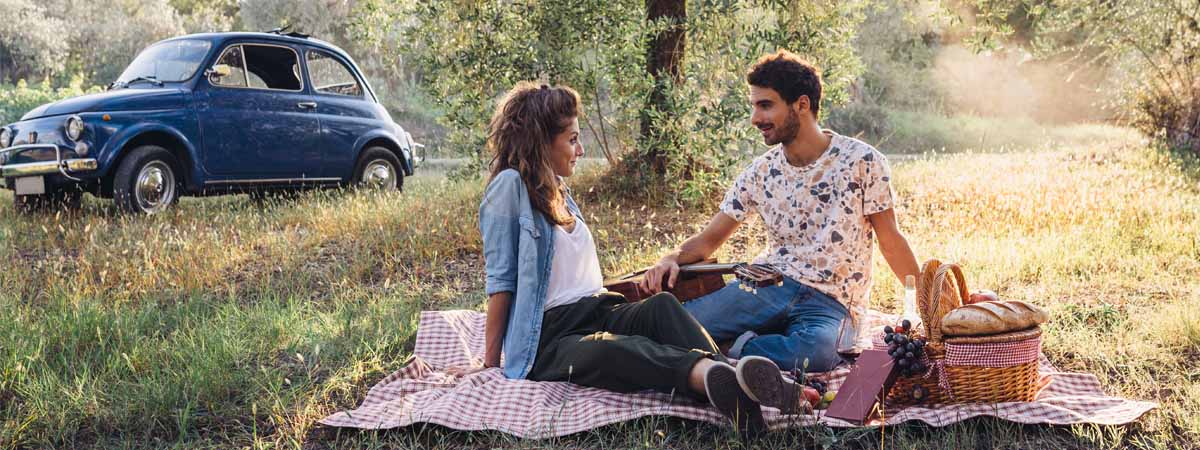
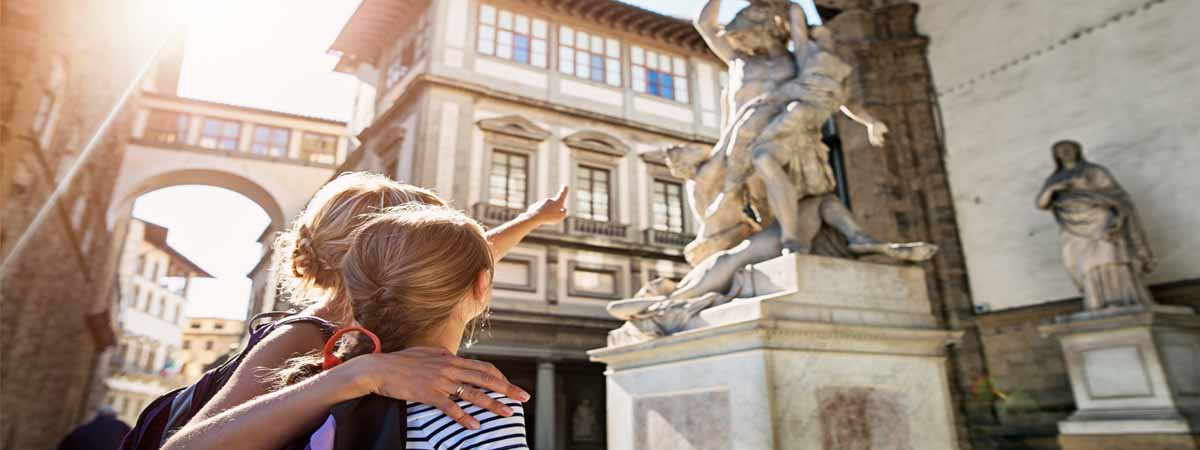
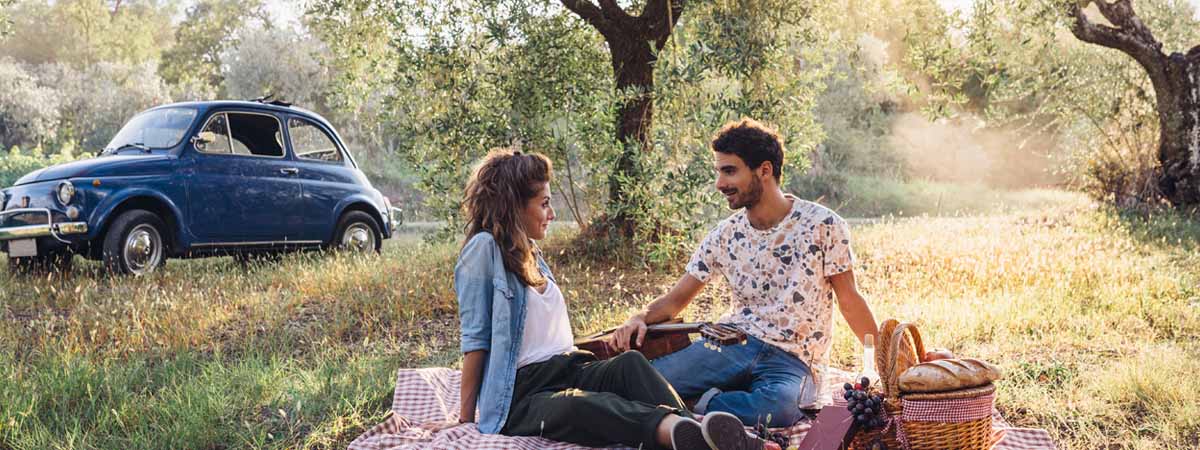
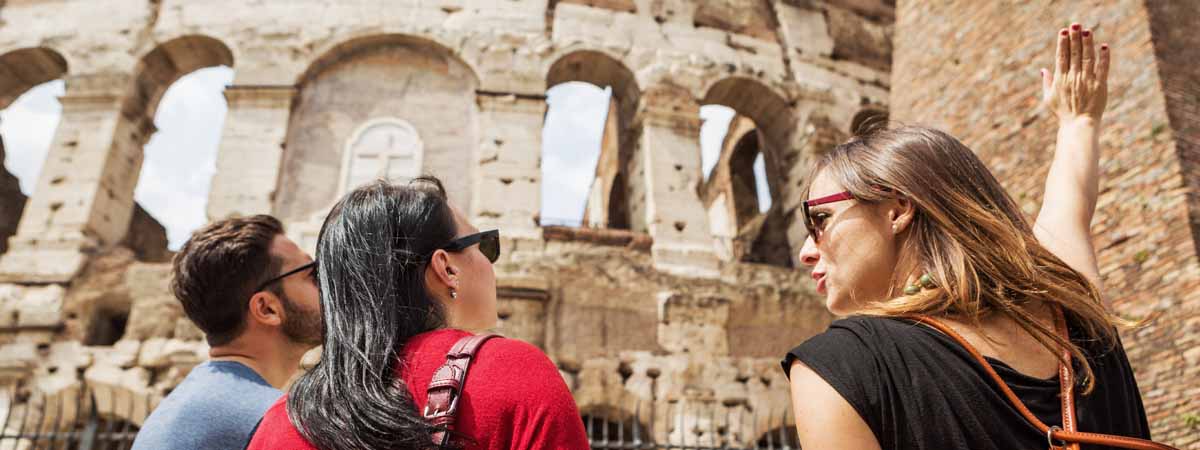

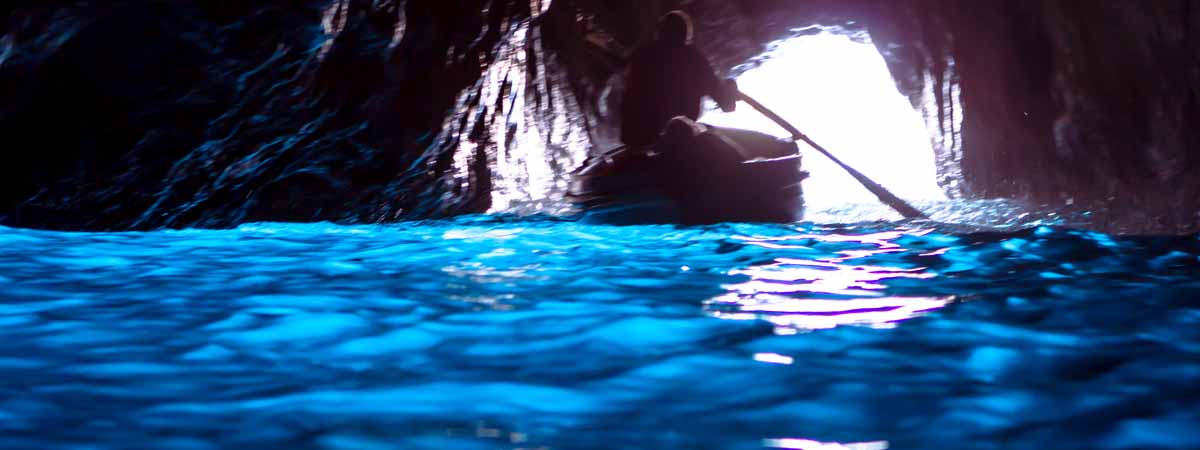
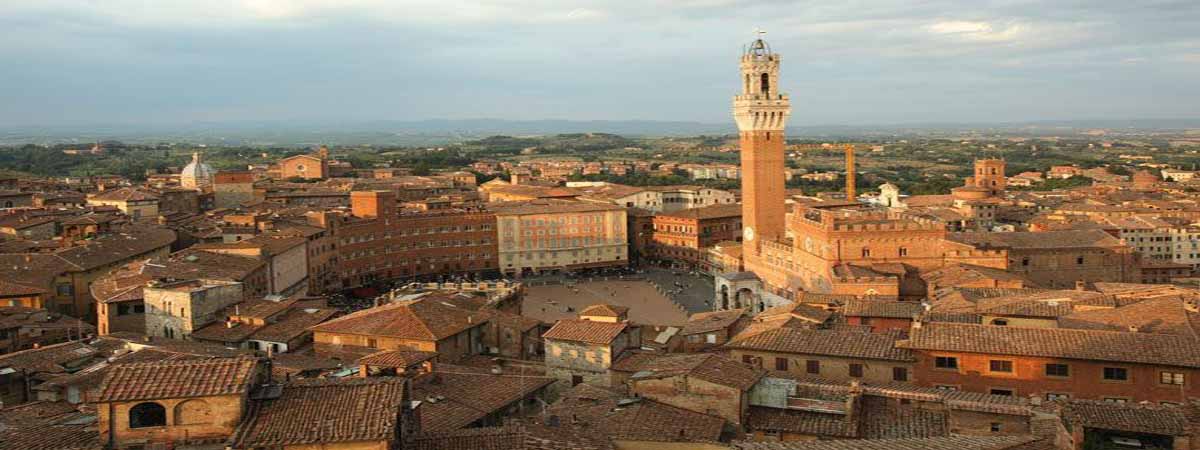

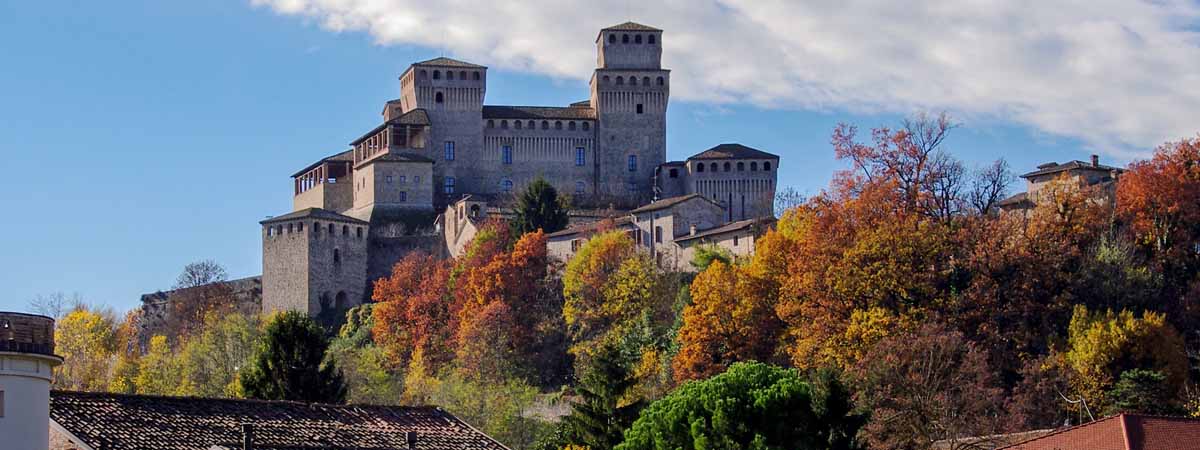

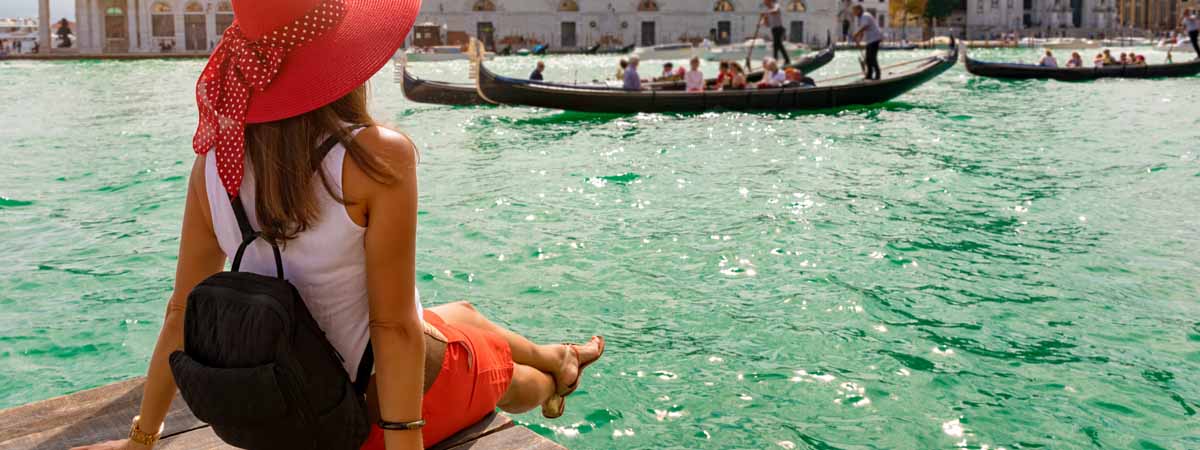


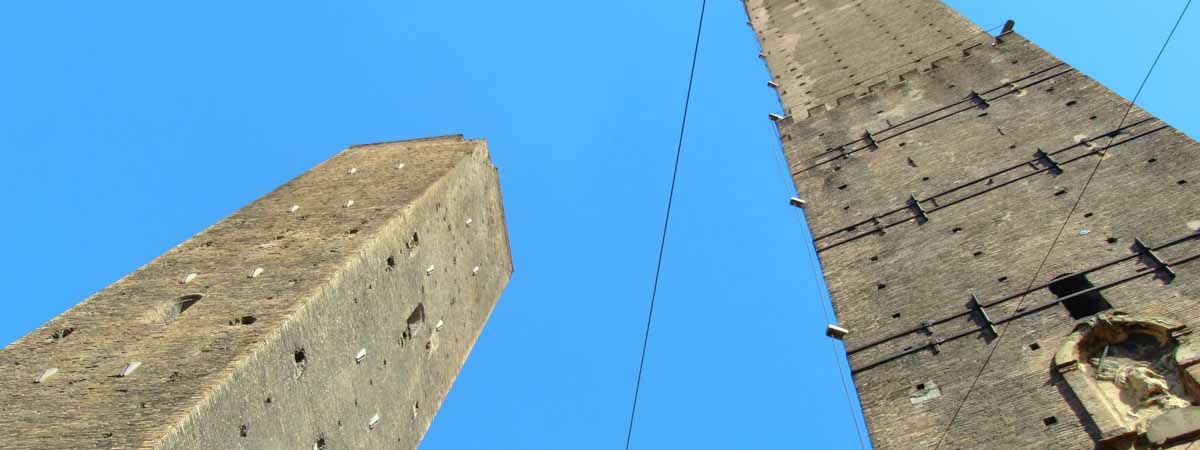
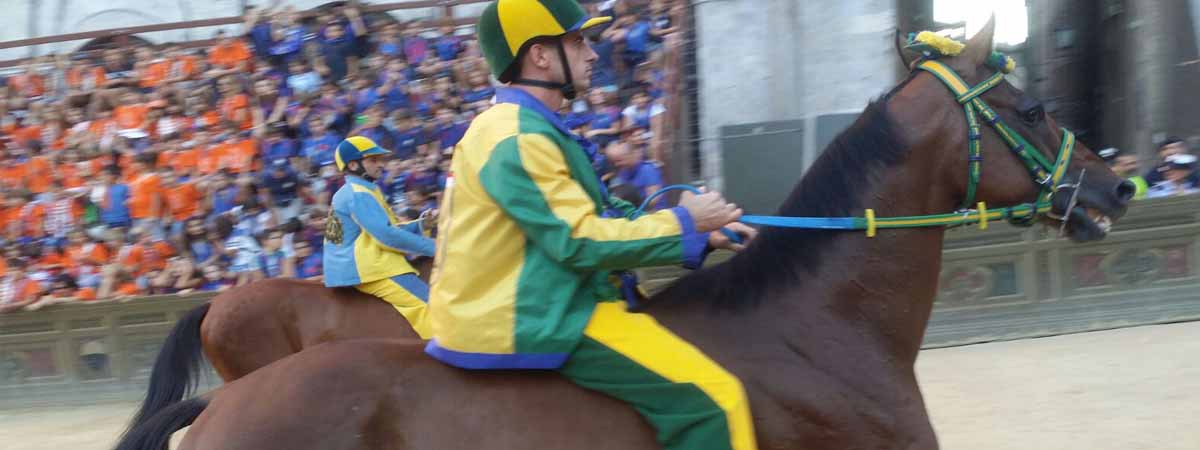
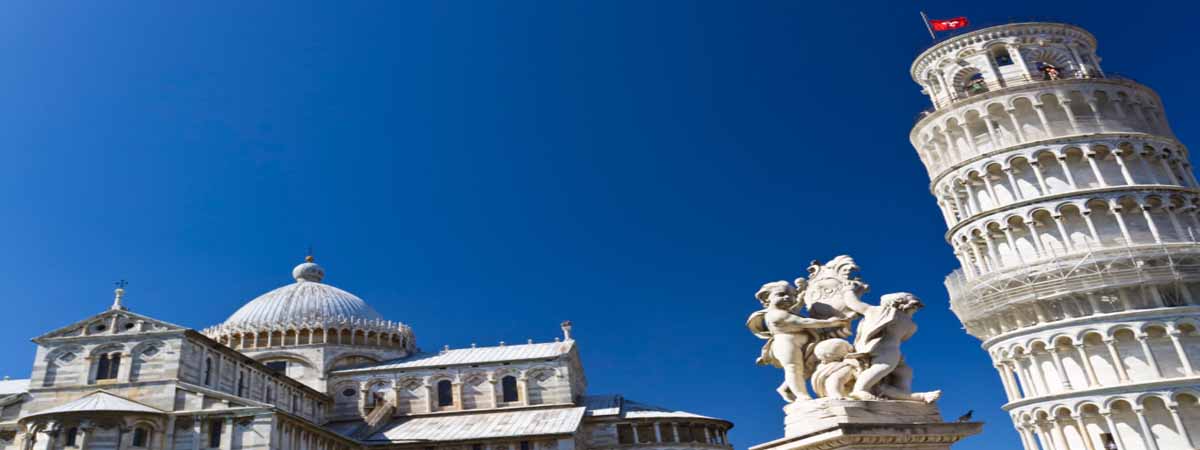

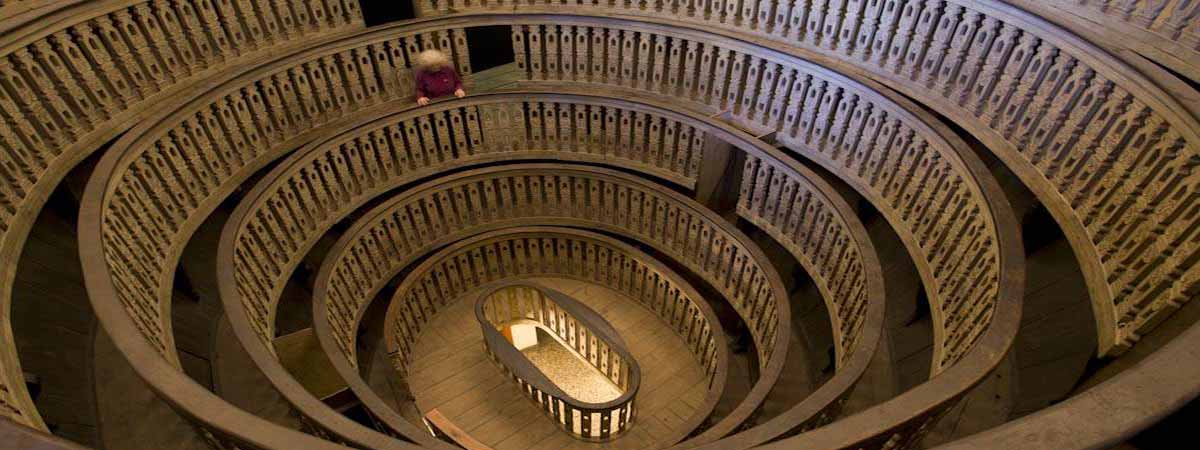
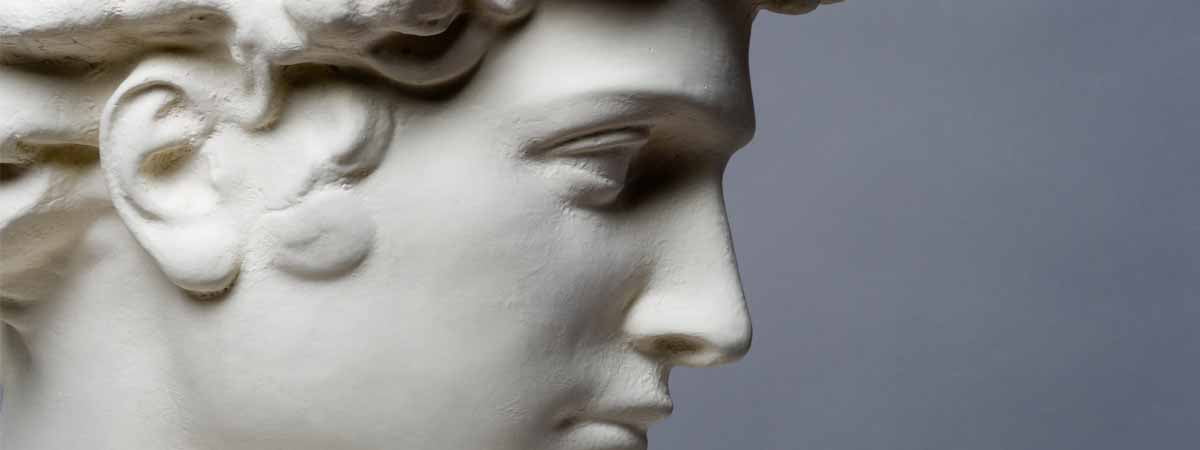






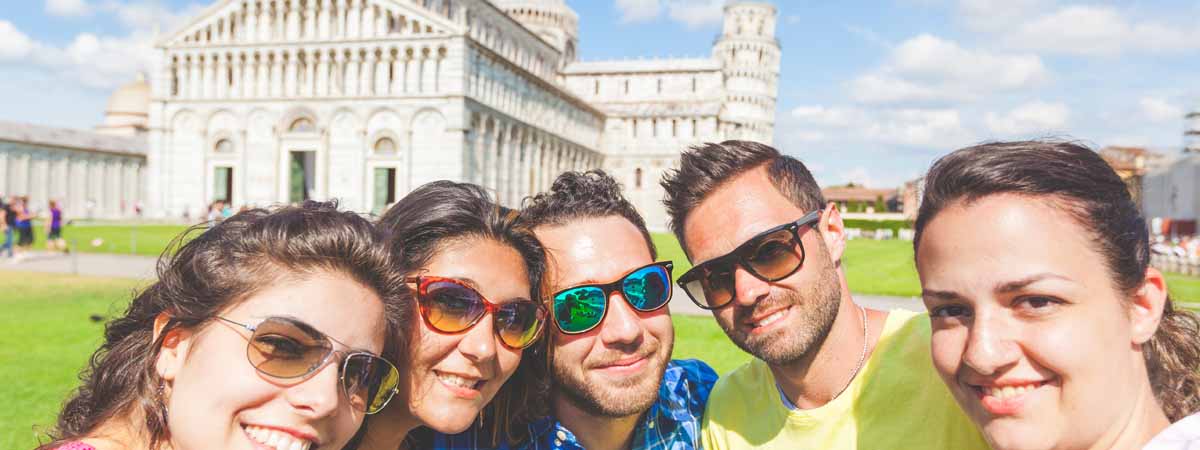




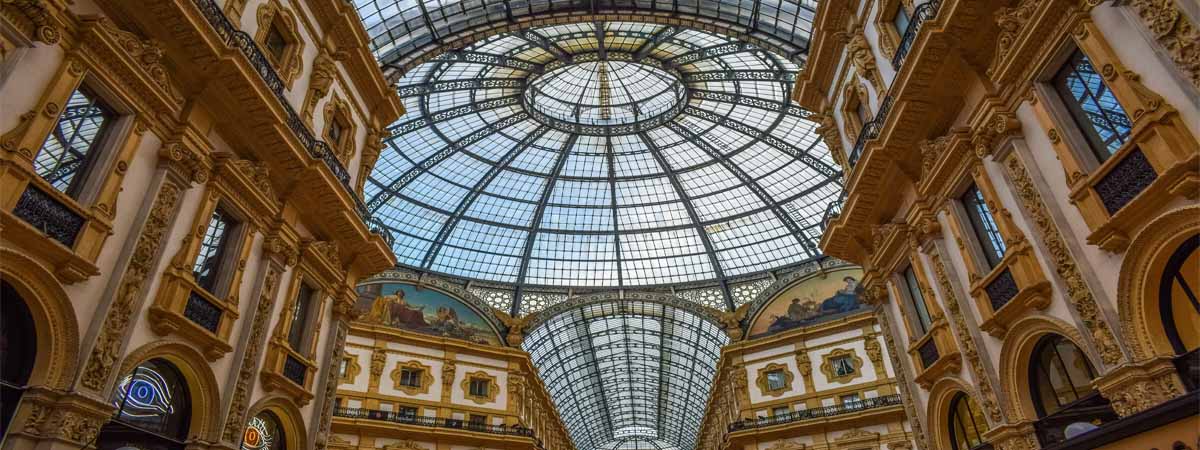


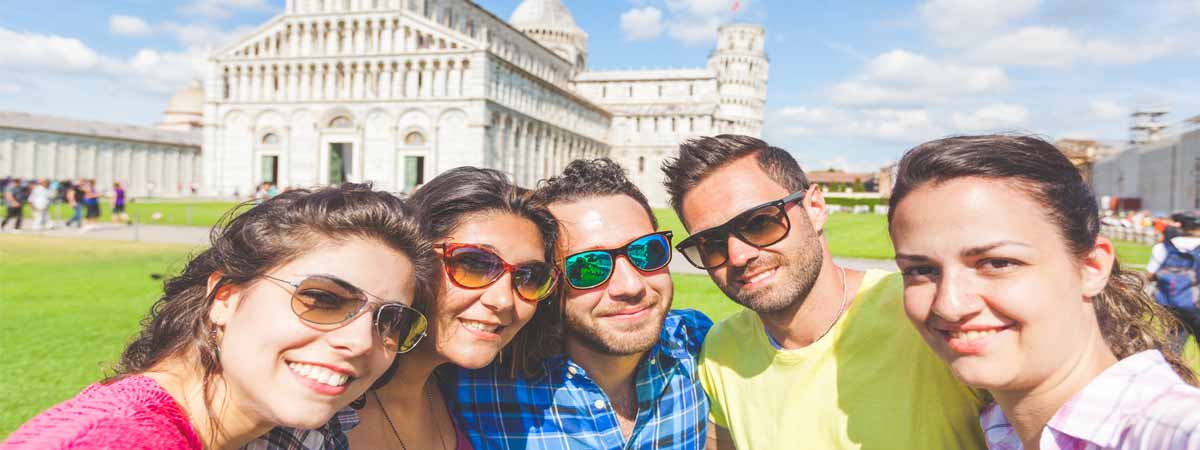




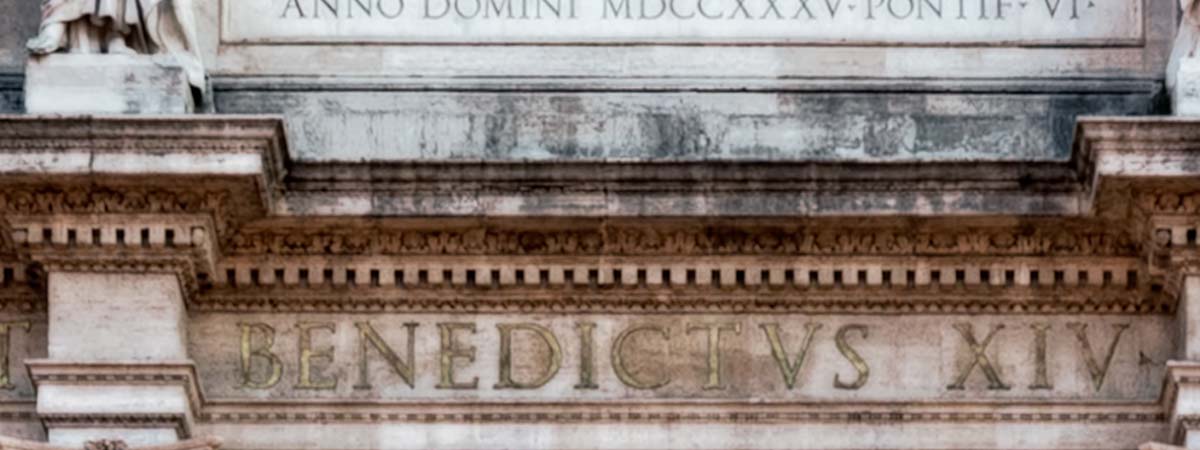

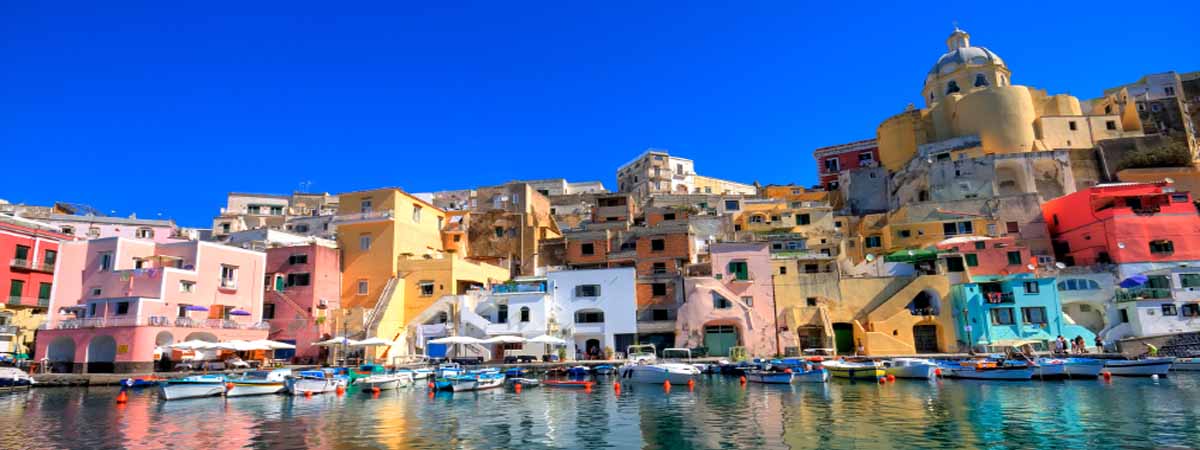

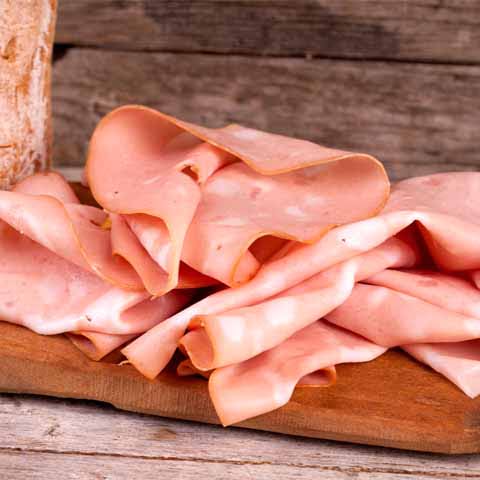





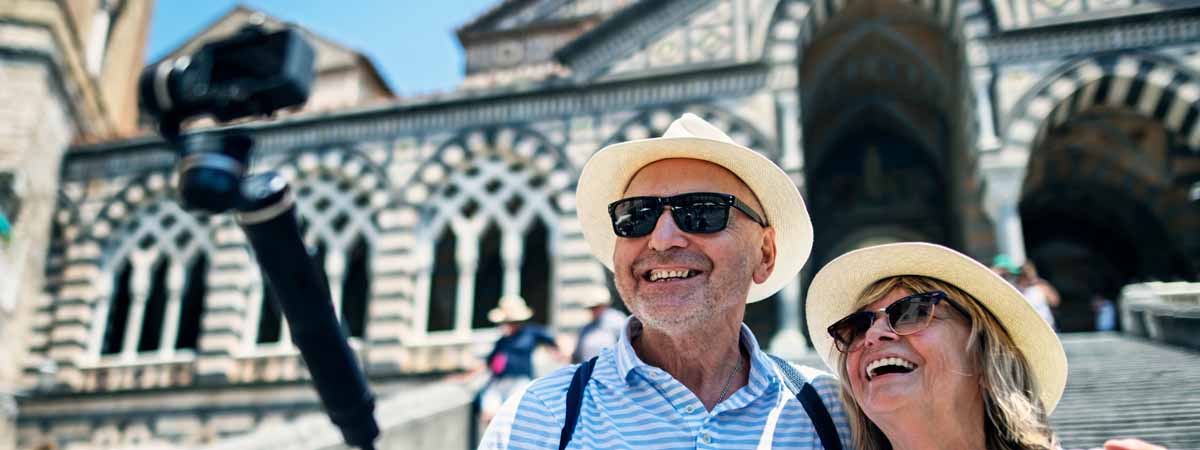
Travel Guides
[wudrelated include="1837"]
The Tuscany Region of Italy
[wudrelated include="1839"]
The Cities of Tuscany, Italy
[wudrelated include="4236"]

